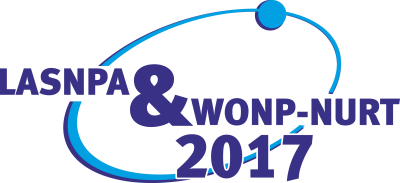Speaker
Description
Lima, the capital of Peru, and Callao, an urban region, form on of the largest urban centers in South America, with a total population of 10,9 million as of 2017. Three rivers supply water to the capital, however, water for municipal use is mainly taken from the Rimac and Chillon River. The estimated water availability is 148 m$^3$/person/year, well below the limit of 1000 m$^3$/person/year Falkermark establishes as of extreme scarcity. Therefore, it is of great importance the identification of water sources for the future.
An experimental study was conducted to analyze Lima´s groundwater origin. Water levels in a well located in Miraflores, near the Pacific Ocean, were observed between 2003 and 2009. A maximum water level was registered three years after the occurrence of a peak in a hydrologic station in Chosica, located approximately 35 km away. Therefore, it was estimated that the residence time, this is the time passing after water infiltrates the ground during a rainfall event, until it reaches the Miraflores well, is three years. Water samples extracted this well were analyzed. The estimated residence time is in agreement with the 3H contents which also indicate that the residence time is three years. In addition, The results obtained in the Miraflores well are also in agreement with the permeability of the valley, which is in the order of 1x10$^{-3}$ m/s. The permeability in the alluvial fan, on which Lima is located, is in the order of and 10$^{-4}$ m/s. The storage coefficient is 5% in the valley and 0.2% in the coastal area (INGEMMET, 1988).
In other hand, the relative abundance of 2H and 18O in wells in the Lima aquifer are in agreement with the hypothesis that the aquifer is recharged with water from rainfall events that occur in the highlands at an average elevation of 3000 m.
These results are useful to improve management of water resources for the 10.9 million inhabitants of the coastal city of Lima, whose water supply depends mainly of water flows of the Rimac river and water wells in the Lima aquifer. Optimization of water use is crucial in the present times characterized by climate change. In 2017, for example, due to a critical year of extreme floods, water supply from the Rimac River was interrupted and Lima had to use only water wells for municipal use.
Keywords: Coastal aquifer, Lima, water residence time.
Reference
INGEMMET. 1988. Estudio Geodinámico de la Cuenca del Río Rímac. (Boletín Nº 8b Serie C). Instituto Geológico Minero y Metalúrgico: Lima; 263.




